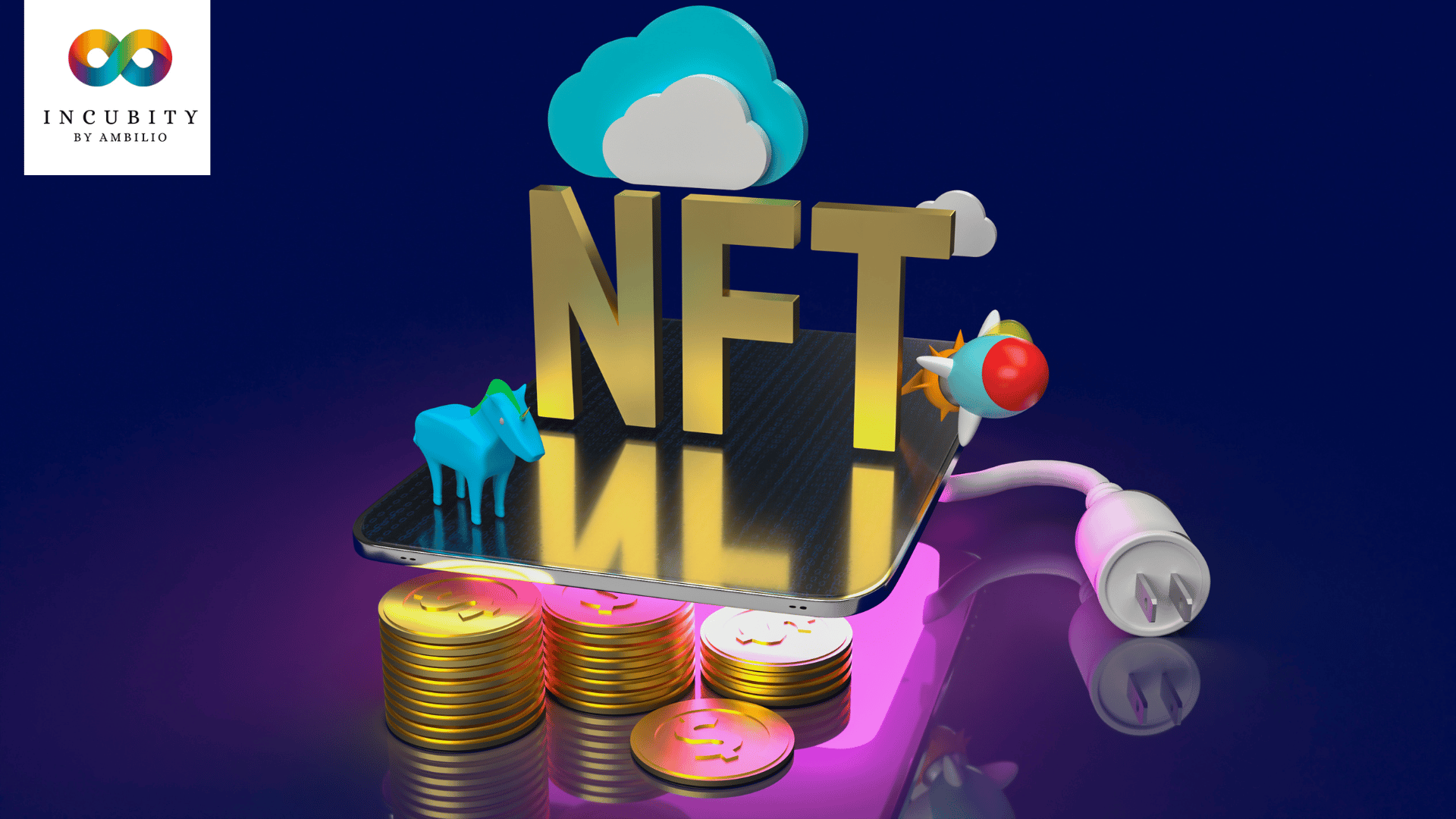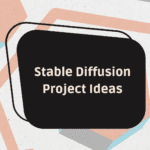NFTs, or non-fungible tokens, are digital assets that are unique and verified on a blockchain, enabling ownership and transferability. They have exploded in popularity recently and have potential uses in various fields, including art, music, gaming, and more. With NFTs, creators can authenticate their work and sell it as one-of-a-kind, while buyers can own and display digital items that are entirely unique.
The NFT marketplace has emerged as a space for creators to monetize their digital creations, with platforms such as OpenSea, Nifty Gateway, and Rarible, allowing individuals to sell their NFTs. The market has seen record-breaking sales, such as Beeple’s digital artwork that sold for $69 million. While some question the sustainability of this trend, others see it as an innovative way for creators to gain ownership and monetization over their digital works.
What is an NFT?
NFT stands for non-fungible token, which is a unique and indivisible digital asset that is verified on a blockchain. Unlike cryptocurrencies like Bitcoin or Ether, which are fungible and interchangeable, each NFT is entirely unique and cannot be exchanged or replaced with another token.
NFTs are often used to represent digital artwork, music, videos, or other forms of creative content. By creating an NFT of their work, creators can authenticate their ownership, establish scarcity, and sell it as a one-of-a-kind item.
NFTs use blockchain technology to verify and record ownership, providing a secure and transparent way for creators to sell their digital assets. While still a relatively new concept, NFTs have gained significant attention in the art world and beyond, with high-profile sales and increased interest in their potential applications.
How NFTs are developed?
NFTs, or non-fungible tokens, are developed on blockchain networks that support smart contracts, such as Ethereum. A smart contract is a self-executing agreement between two parties that is written in code and recorded on a blockchain. In the case of NFTs, smart contracts are used to create unique, digital assets that can be bought, sold, and traded on the blockchain.
Here are the steps involved in developing an NFT:
- Create the digital asset: The first step is to create the digital asset that will be represented by the NFT. This can be anything from a piece of artwork to a music track, a video, or even a tweet.
- Mint the NFT: Once the digital asset is created, the next step is to mint the NFT. Minting an NFT involves creating a smart contract that represents the digital asset as a unique token on the blockchain. The smart contract contains information such as the creator’s address, the asset’s metadata (such as its name, description, and image), and the unique identifier that distinguishes it from other NFTs.
- Set the price and sell the NFT: With the NFT minted, the creator can now set a price and put it up for sale on an NFT marketplace. Buyers can purchase the NFT using cryptocurrency, and the ownership of the NFT is transferred to the buyer’s wallet on the blockchain.
- Transfer and resell the NFT: Once the NFT is sold, the buyer can transfer or resell it on the NFT marketplace or other platforms that support NFT trading. Each time the NFT is sold or traded, the ownership is updated on the blockchain, providing a secure and transparent record of the asset’s ownership history.
Overall, NFTs are developed using blockchain technology and smart contracts, providing a unique and secure way to create, buy, sell, and trade digital assets.
What is NFT Marketplace?
An NFT marketplace is a digital platform where creators can sell, and buyers can purchase, unique and verifiable digital assets represented by NFTs. These marketplaces offer a range of features, such as bidding systems, fixed prices, and auction options, providing a platform for creators to monetize their digital works and for buyers to own one-of-a-kind digital assets.
Some popular NFT marketplaces include:
- OpenSea: OpenSea is a decentralized marketplace that supports a wide range of digital assets, including art, music, collectibles, and games. Creators can list their NFTs for sale, set their own prices, and receive royalties on future sales.
- Nifty Gateway: Nifty Gateway is a curated marketplace that specializes in limited edition drops and high-profile collaborations with artists and celebrities. Buyers can purchase NFTs using credit cards or cryptocurrencies, making it accessible to a broader audience.
- Rarible: Rarible is an open marketplace that allows creators to create and sell their NFTs without the need for approval or curation. It also supports the creation of social tokens, which allow creators to monetize their fanbase.
- SuperRare: SuperRare is a curated marketplace that focuses on high-quality digital artwork. It uses a bidding system to ensure fair prices for both buyers and creators, with the highest bidder owning the NFT.
NFT marketplaces have seen explosive growth in recent years, with high-profile sales and increasing interest from both creators and buyers. While some have criticized the high prices and environmental impact of NFTs, others see them as an innovative way for creators to gain ownership and monetization over their digital works.
Building NFT Marketplace
Building an NFT marketplace involves several steps, including setting up a blockchain network, creating a smart contract, developing a user interface, and implementing payment and security features. Here is a step-by-step guide to building an NFT marketplace:
- Choose a blockchain platform: The first step is to choose a blockchain platform to build your NFT marketplace on. Ethereum is the most popular platform for NFTs, but other options include Binance Smart Chain, Polkadot, and Solana.
- Set up a smart contract: A smart contract is a self-executing agreement between buyers and sellers that is written in code and recorded on the blockchain. A smart contract can be used to mint NFTs, define the rules for buying and selling, and manage transactions on the marketplace.
- Develop a user interface: The user interface is the platform that users will interact with to buy and sell NFTs. The interface should be user-friendly and easy to navigate, with features such as search and filtering, sorting, and display of NFT details.
- Implement payment and security features: The marketplace should support various payment methods, such as cryptocurrency or fiat currency, and ensure secure transactions through the use of encryption and other security measures.
- Set up a listing and curation system: To ensure high-quality NFTs on your marketplace, you may want to establish a listing and curation system. This can include guidelines for what types of NFTs can be listed, a process for reviewing and approving listings, and tools for reporting and flagging inappropriate content.
- Launch and market the marketplace: Once the marketplace is built, it’s time to launch and market it to potential users. This can include advertising, social media promotion, and partnering with creators to list their NFTs on the platform.
Building an NFT marketplace requires technical expertise in blockchain and smart contract development, as well as an understanding of user experience and marketing. It can be a complex and time-consuming process, but with the right team and resources, it can be a lucrative and innovative way to tap into the growing NFT market.



